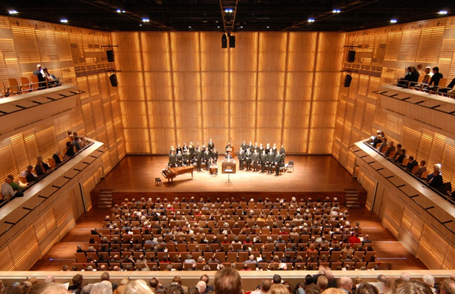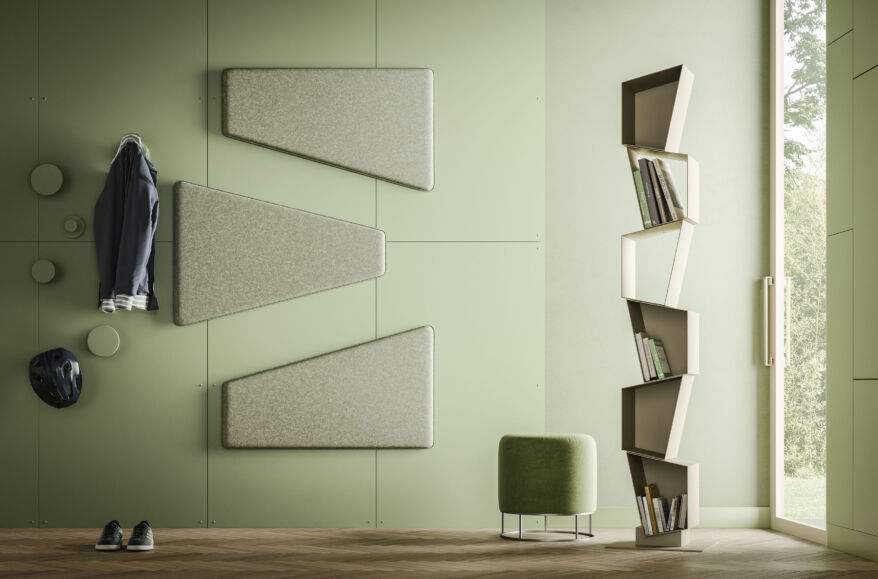Usually the first question that comes to mind when we decide to buy sound-absorbing panels is:
“How many acoustic panels do I need to improve the acoustics of my environment?”
The question is legitimate, but the answer is far from simple! In fact, there are specialized professionals who can propose the best acoustic solution for a specific environment after having evaluated the actual needs.
I tell you right away that this is not a scientific article, but a synthesis of some basic concepts that can help us to tackle the issue of acoustic improvement with a certain consciousness.
The annoying background noise that can disturb us when we are in a closed environment is called reverberation, a concept similar to the echo, that identifies the tail of the sounds generated in a room.
By reducing the reverberation time, the room acoustics are improved. Depending on the size and intended use of the room, there is a different ideal reverberation time, which will be different for a concert hall than for a home environment.

When a sound wave hits a surface, part of the acoustic energy is absorbed and part reflected. The absorption capacity of a given surface or material is measured with the sound absorption coefficient α (alpha) as a function of the sound frequency. α = 0 means that the material reflects all the sound waves, while α = 1 means that the material absorbs 100% of the waves.
To give some examples, within the speech frequencies (therefore from about 300 to 3400Hz), the absorption coefficient of carpet ranges from 0.1 to 0.6; on the same frequencies, the performance of marble is very different: from 0.01 to 0.02; the armchairs of a theater can absorb from 0.7 to 0.88 and curtains do absorb from 0.1 to 0.35.

To evaluate the acoustic improvement needs of a room, it is therefore essential to start from an analysis of the physical characteristics of the room (width, length, height, presence and size of the windows, materials applied to the floor and walls, presence and type of furniture, carpets , curtains …) and the needs of use of the same.
The good news is that there are mathematical formulas that allow you to calculate how much sound absorbing surface you need to insert to reduce the reverberation time of a room to the desired levels. These formulas take into account the volume of the environment and the absorption coefficient of each material in the room, and not just that of the sound-absorbing panels!
Ronda Design offers two different technical solutions to improve environmental acoustics: the PADDLE magnetic acoustic panels, available in various shapes and colors and the CADDY SHUT APP perforated metal panels, in all the finishes of the Caddy system.

Both are based on an inner material with a sound absorption coefficient Alpha ranging from 0.9 to 0.98 in the range of speech frequencies, thus providing an excellent contribution to improving the acoustics of the environment.
To find out more, contact us at the email address sales@rondadesign.it

